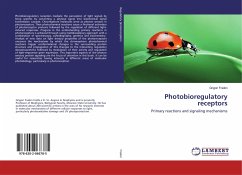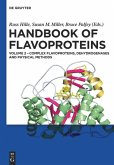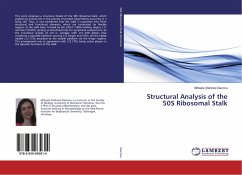Photobioregulatory receptors mediate the perception of light signals by living systems by converting a physical signal into biochemical signal transmission cascade. Chromophore molecules serve as photon sensors in photoreceptors. Their photochemical reactions cause a finctional activation of photoreceptor proteins followed by the regulation of different light-induced responses. Progress in the understanding primary reactions in photoreceptors is achieved through using multidisciplinary approach with a combination of spectroscopy, crystallography, genetics and biochemistry. Analysis of new data on light sensory properties of the photoreceptors uncovers the mechanisms by which the chromophore photochemical reactions trigger conformational changes in the surrounding protein structure and propagation of this changes to the interacting regulatory domains/proteins followed by modulation of their activity and regulation of light-responsive gene expression. This important aspects of the photon sensory protein signaling are the focus of attention in this book. It can be useful for researches having interests in different areas of molecular photobiology, particularly in photoreception.
Bitte wählen Sie Ihr Anliegen aus.
Rechnungen
Retourenschein anfordern
Bestellstatus
Storno








